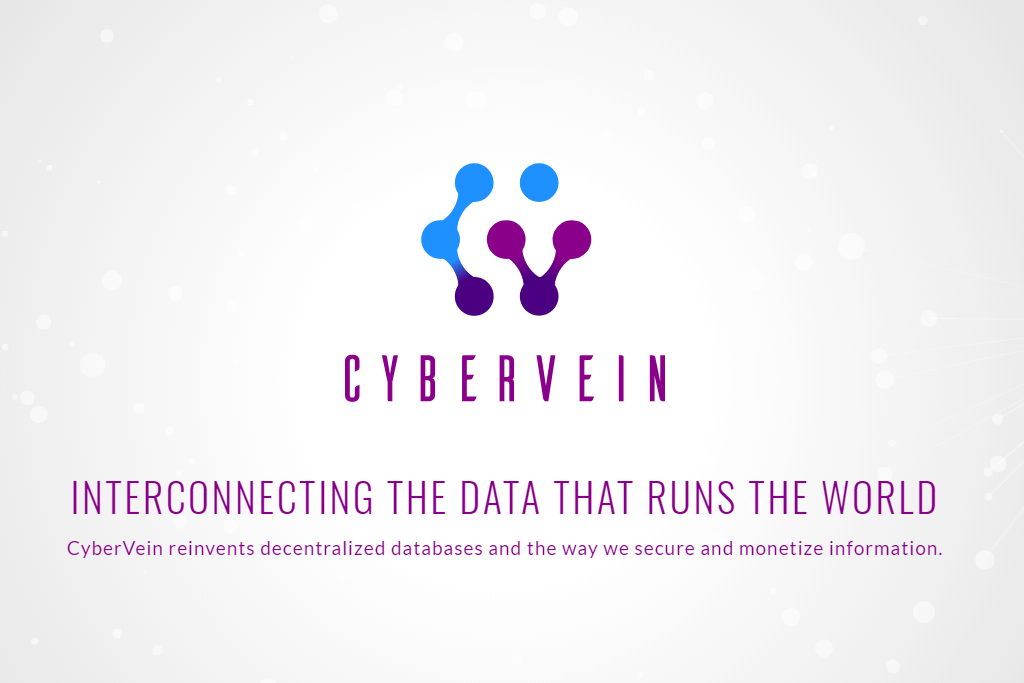To manage micro payments more effectively and solve security issues, rapidly evolving IoT industry turns to crypto technology, most notably its related paradigm – Directed Acyclic Graph protocols.
Smartphones, cars, homes, and cities; the IoT revolution holds a lot of promise for the near future. In many ways, the more tangible visible sensor technology is more futuristic than most technological advances in recent times. But things like self-driving cars are not monolithic advancements that will instantly make our lives better, they must be deployed correctly to live up to their potential.
So aside from the more visible advances in sensor technology, there is a less visible movement of entrepreneurs and researchers to make the Internet of Things as good as it can be. A related wave of innovation is that of blockchain/ledger technology, and while the two spheres seem very distinct, there is, in fact, a huge overlap.
In many ways, IoT needs crypto technology to make its contribution fair and efficient: IoT applications often involve lots of small transactions along with pretty serious security risks, while crypto was designed to enable such micro payments and also solve security issues (owing to robust and decentralized systems they use).
Chief among the ways crypto tools are helping the IoT revolution is not through blockchains at all, but a related paradigm known as Directed Acyclic Graph protocols. Unlike blockchains, DAGs have specific properties that make them ideally suited to use in IoT solutions. Here is how and why DAGs are making IoT more efficient and more beneficial.
Coping with Scale and Speed
As mentioned earlier, IoT requires a level of data throughput capacity and also security robustness that crypto platforms like the Bitcoin blockchain aren’t ideally suited to. DAGs are different to blockchains in that not every node will need to reach consensus with every other node at each block issuance, which makes them far more powerful and flexible for many use cases.
As explained by one of the leaders in the space, the CyberVein platform, “on a DAG ledger transactions are not grouped and verified in blocks that have to be mined. On a DAG network, nodes verify each other’s transaction on a P2P basis – every node wishing to perform a transaction is required to verify the transactions of two other nodes, creating an ordered sequence of linked events (hence a “Directed Graph”).”
Another leading company in DAG research, IOTA, explained in their PR materials, DAG technology offers “unlimited scalability and free transactions. The importance of scalability is obvious: if you want to achieve global adoption, you will need to address this issue. While the conventional blockchain can be bloated with layers of added complexity in order to push (at least to some extent) its limits of scalability, it is far more difficult, if not impossible, to replicate free transactions.”
Thus the DAG is a “distributed ledger that goes beyond the blockchain. We got rid of the blocks and we got rid of the chains, which has resulted in getting rid of the major pain points or limitations of the blockchain such as fees, scalability, and centralization.”
Thereby the DAG protocol allows for faster and cheaper but also secure crypto data recording which is absolutely essential in a sensored and networked world. For financial transactions and immutable needs related to IoT, the DAG paradigm enables a whole new raft of business cases.
Designing for Transparency, Security, and Justice
While the optimistic will be enthused by the potential of IoT, there are still obvious risks. Governments, corporations, and (other) shady characters have more opportunity than ever to surveil and control our very physical existence in a sensor-laden world.
The nature of crypto technology contends with how information is controlled and selectively shared. A well designed IoT ecosystem will respect users’ rights and safety with the help of altruistically designed crypto protocols. Again in this case DAGs will be instrumental.
They allow for the complex rules inherent of privacy and security concerns to be more easily programmed into the IoT sphere than with blockchains. In particular, the vast quantities of data generated could be more equitably controlled by the likes of CyberVein than with a limited blockchain protocol.
In any event, more and more organisations are seeing the benefit of DAGs when it comes to IoT, and given the buzz in the tech world for the intersection of crypto and IoT, it will be exciting to see how the major DAG platforms innovate in the near future.
